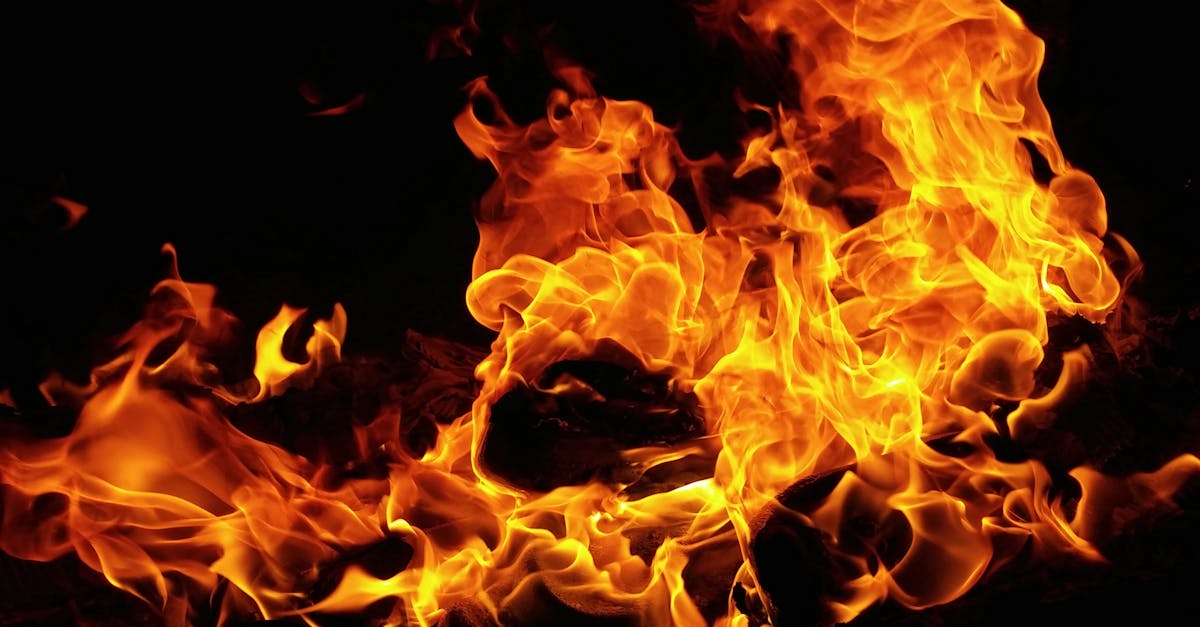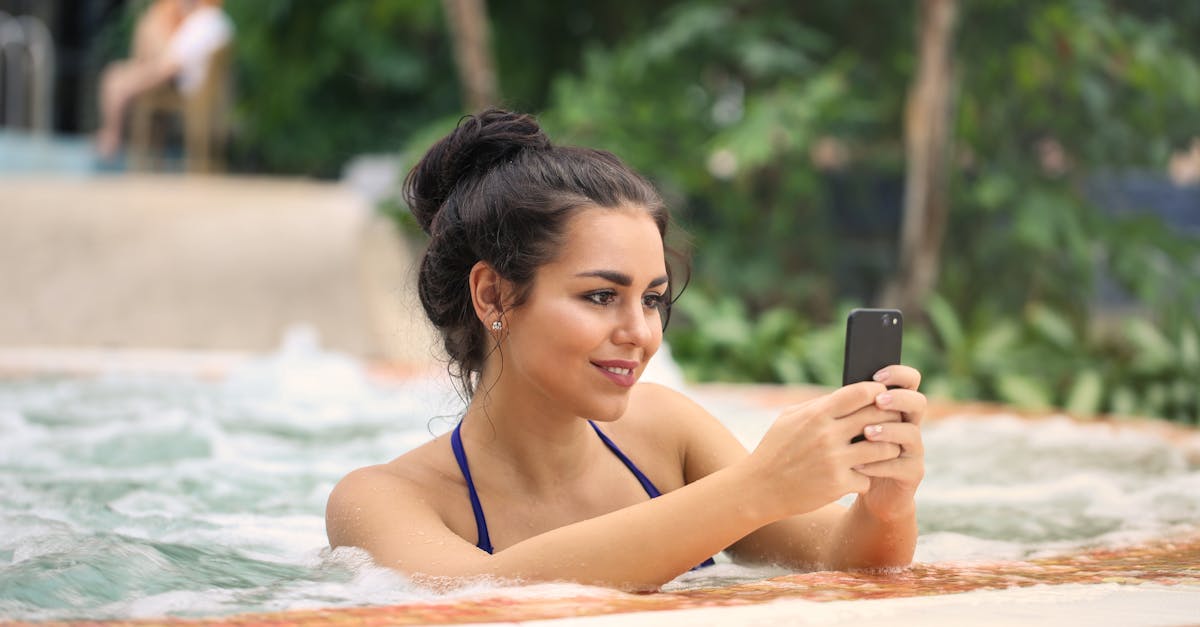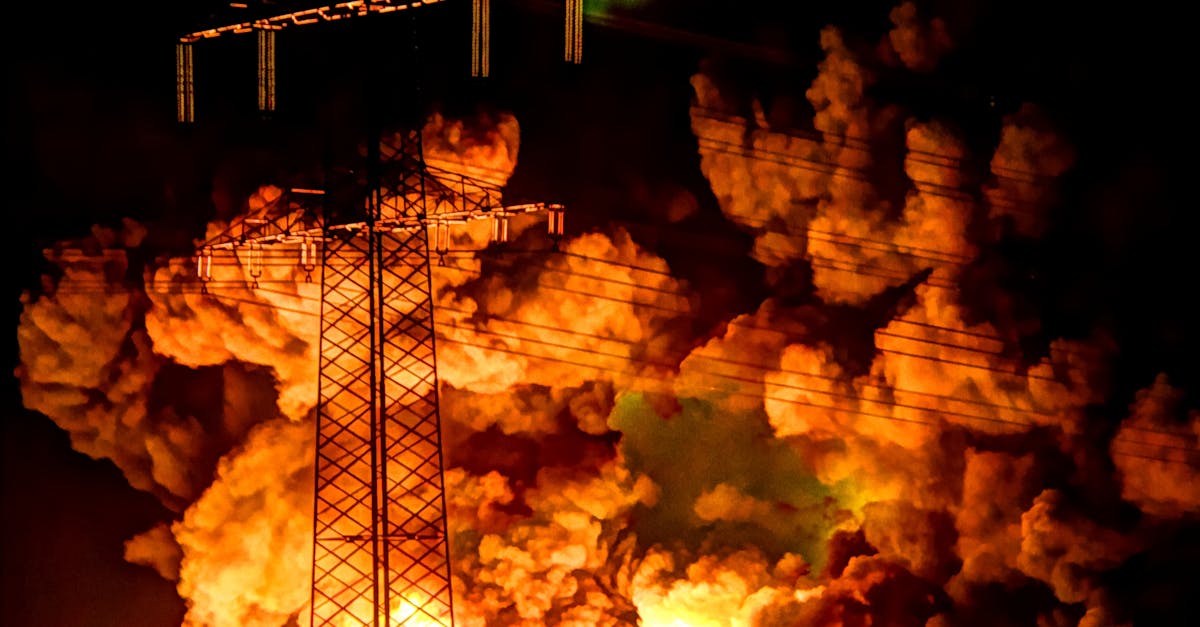
Table Of Contents
How to Drain the Hot Water Tank
Draining a hot water tank is a crucial step in hot water system maintenance. Start by turning off the power supply for electric heaters or adjusting the thermostat to the lowest setting for gas systems. Locate the cold water supply valve at the top of the tank and shut it off. This process not only prevents more water from entering the tank but also allows for a more thorough drainage.
Next, connect a garden hose to the drain valve at the bottom of the tank. Make sure the other end of the hose is placed in a suitable drainage area, as the water may be hot. Open the drain valve slowly to allow accumulated sediment and debris to flow out. This step is essential for maintaining the efficiency and longevity of your hot water system. Regular drainage helps to prevent buildup that can lead to reduced water heating efficiency and various operational issues.
Methods for Efficient Draining
Flushing a hot water system properly ensures that sediment buildup does not affect its performance. For efficient draining, start by turning off the power or gas supply to the heater. It is essential to connect a garden hose to the drain valve located at the base of the tank. Position the hose to direct the water away from your home and into an appropriate drainage area to avoid flooding.
Once the hose is secured, open the drain valve slowly to allow the water to flow out. It may help to open a hot water tap in your home simultaneously to permit air into the system, improving drainage efficiency. Regular hot water system maintenance, including this draining procedure, not only prolongs the lifespan of the unit but also ensures optimal performance throughout its use.
Cleaning the Hot Water Tank
Regular cleaning of the hot water tank is essential for optimal performance and longevity. Over time, sediment and mineral buildup can accumulate inside the tank, impacting the efficiency of your water heater. This buildup can lead to issues such as reduced heating capacity and even potential corrosion. A thorough cleaning helps to eliminate these concerns, ensuring your hot water system functions effectively.
To maintain your hot water system, consider performing the cleaning process at least once a year. Begin by draining the tank to remove accumulated sediment. After draining, it’s beneficial to flush the tank with fresh water to dislodge any remaining debris. Utilize a soft brush for stubborn deposits, being careful not to damage the tank. This routine maintenance is key to extending the life of your water heater and improving its overall efficiency.
Best Practices for Effective Cleaning
Proper cleaning of your hot water tank is essential for ensuring longevity and efficiency. Consider using a combination of vinegar and baking soda for a natural cleaning solution. This method helps break down any mineral buildup or sediment that might have accumulated over time. Ensure that you allow the mixture to sit for a while to maximize its effectiveness. Regularly check for any signs of rust or corrosion, as these issues can compromise the system’s performance.
In addition to using effective cleaning solutions, adhere to a schedule for Hot Water System Maintenance. Regular inspection every six months can help catch minor issues before they develop into significant problems. After cleaning, flush the tank thoroughly and check all connections for leaks. Keeping an eye on the temperature settings also contributes to optimal operation, making your cleaning efforts more impactful.
Refilling Your Hot Water System
After successfully draining and cleaning your hot water system, it's time to refill it. Begin by closing the drain valve and ensuring that all faucets connected to the system are turned off. Open the cold water supply valve to allow fresh water to enter the tank. Monitor the process carefully for any leaks around the valves and connections, addressing any issues immediately. This step is critical to ensure a secure and efficient refill.
Once the tank is filled, you must bleed the air from the system to avoid potential issues. To do this, open a hot water faucet in your home. This will release trapped air as the water begins to flow through the pipes. Keep the faucet open until a steady stream of water flows without sputtering. Performing these actions diligently contributes to the overall Hot Water System Maintenance, ensuring optimal function and longevity for your unit.
Steps to Properly Refill
After draining and cleaning your hot water tank, it's essential to refill the system correctly to avoid any air pockets. Begin by closing the drain valve to prevent water from leaking out. Then, turn on the cold water supply to the tank. This action will allow the tank to fill up with water, and you should hear the sound of water flowing into the system. Make sure to leave a faucet in your home open to allow trapped air to escape as the tank fills.
Once water begins spilling from the open faucet, the tank is adequately filled, and you can close that faucet. Check the temperature and pressure relief valve to ensure it operates correctly. With these steps complete, you can now restore power or gas to your heater. Regular hot water system maintenance will help ensure efficiency and prolong the life of your unit.
FAQS
Why is it important to flush a hot water system?
Flushing a hot water system helps remove sediment buildup, which can improve efficiency, extend the lifespan of the tank, and enhance the quality of the water.
How often should I flush my hot water system?
It is generally recommended to flush your hot water system once a year, but this can vary based on water quality and usage patterns.
What tools do I need to flush my hot water system?
Basic tools include a garden hose, a bucket, a wrench for the drain valve, and possibly a screwdriver.
Can I flush my hot water system myself?
Yes, if you follow the proper steps carefully, you can flush your hot water system yourself. However, if you're unsure, it may be best to consult a professional.
What should I do if I notice leaks after flushing the system?
If you notice leaks after flushing the system, check all valves and connections for tightness. If leaks persist, consider contacting a plumber for assistance.





























